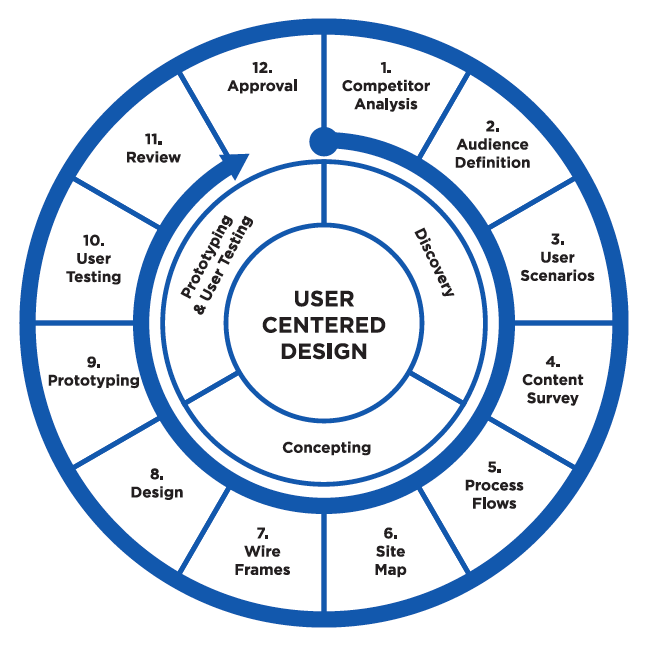Handbook Of User-centered Design Methods
In other words, user-centered design is about designing and developing a product from the perspective of how it will be understood and used by your user rather than making users adapt their behaviours to use a product. The idea is to offer a product which would support its users’ existing beliefs, values, attitudes. Keygen download mac.

Notes on User Centered Design Process (UCD) Notes on User Centered Design Process (UCD) Version: 2004.04.01 on this page: NOTE: This page is a collection of notes on user-centered design process (UCD). It is not intended to be comprehensive, and listing of any information here does not imply endorsement by W3C. User-centered design process (UCD) is also called human-centred design process. Human centred design processes for interactive systems, ISO 13407 (1999), states: 'Human-centred design is an approach to interactive system development that focuses specifically on making systems usable.
It is a multi-disciplinary activity.' In UCD, all 'development proceeds with the user as the center of focus.'
(Jeffrey Rubin, Handbook of Usability Testing: How to Plan, Design, and Conduct Effective Tests, John Wiley and Sons, Inc., 1984) Rubin depicts the User-Centered Design Process as follows:. The users are in the center of a double circle. The inner ring contains: Context; Objectives; Environment and Goals. The outer ring contains: Task Detail; Task Content; Task Organization and Task Flow. 'User-Centered Design (UCD) is a user interface design process that focuses on usability goals, user characteristics, environment, tasks, and workflow in the design of an interface. UCD follows a series of well-defined methods and techniques for analysis, design, and evaluation of mainstream hardware, software, and web interfaces.
User Centered Design Principles
The UCD process is an iterative process, where design and evaluation steps are built in from the first stage of projects, through implementation.'